Blog Posts Tagged Subsurface Flow Module
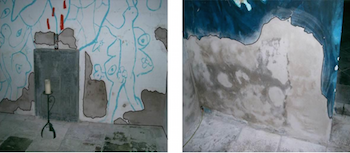
Investigating Damage to Cultural Heritage Sites with Simulation
To find out why paintings in Saint Catherine’s Chapel in the Netherlands are deteriorating, researchers from the Eindhoven University of Technology combined physical measurements and simulation.
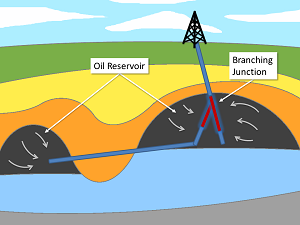
How to Obtain Oil Cost-Effectively with Multilateral Wells
1 example of how numerical simulation benefits the oil & gas industry: You can predict the stability of a multilateral well to determine if it will need expensive mechanical stabilization.
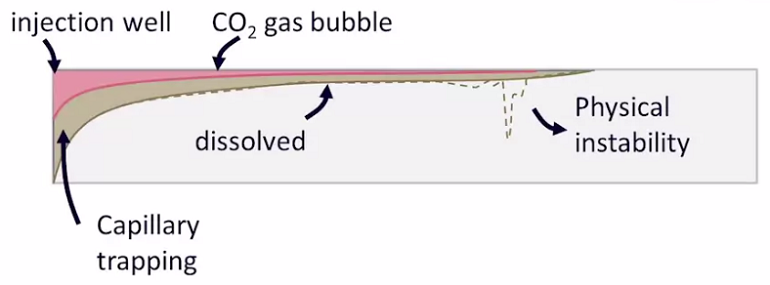
AMPHOS 21 on Simulating Carbon Sequestration
Carbon dioxide sequestration is a proposed solution to releasing carbon dioxide into the atmosphere that involves storing the CO2 in geological formations. AMPHOS 21 models this process.
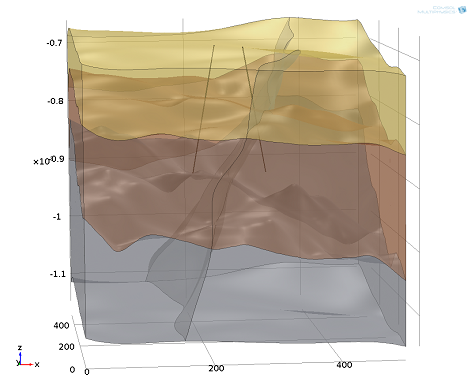
Coupling Heat Transfer with Subsurface Porous Media Flow
Part 2 of the Geothermal Energy series: We couple heat transport and subsurface flow processes to determine the thermal development of the subsurface due to geothermal heat production.
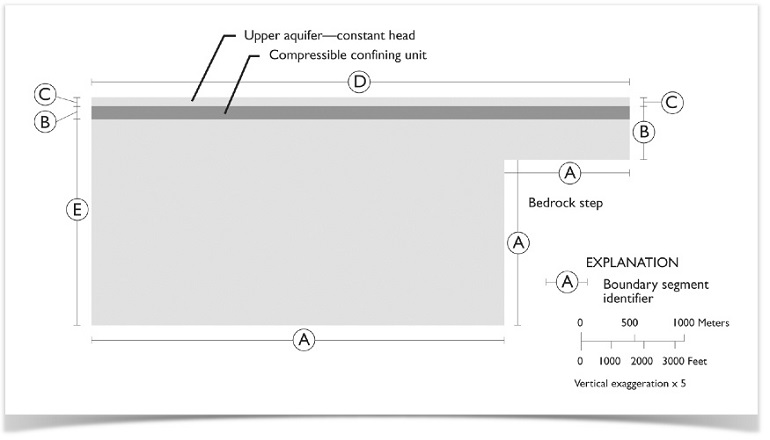
Exploring Below the Surface with a Poroelastic Analysis
How did the Leaning Tower of Pisa get its “lean”? We discuss poromechanics in building mechanics and how to run a Biot poroelasticity analysis for such problems.
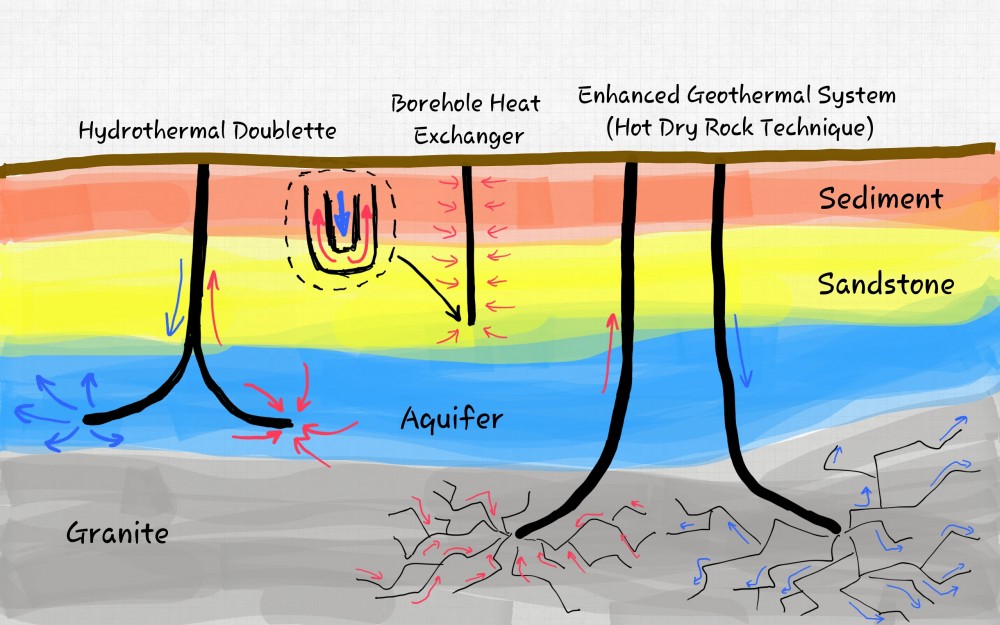
Modeling Geothermal Processes with COMSOL Software
Read Part 1 of our Geothermal Energy blog series here. You’ll get an introduction to the concept of modeling geothermal processes and the many physical phenomena involved.
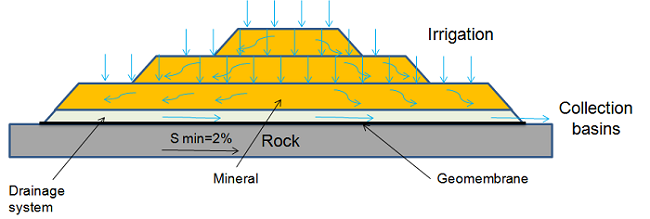
Porous Media Flow Simulations for the Mining Industry with AMPHOS 21
The mining industry pre-dates sophisticated simulation software and the computers it runs on by thousands of years. As an essential modern industry, however, the technical and analytical capabilities offered by AMPHOS 21, a COMSOL Certified Consultant, are critical for both understanding and optimizing mine operations. Recently, we sponsored a webinar together with NASA Tech Briefs on “Mining and Hydrogeology: Porous Media Flow Simulations with COMSOL”, featuring environmental consultants Jorge Molinero and Elena Abarca from AMPHOS 21. Here are some of […]

Simulating Pesticide Runoff, the Effects of Aldicarb
When pesticides are used in crops to control pests, their effects on the environment continue even after they have served their purpose. Pesticides can leach into the soil and water sources that both humans and animals depend on, spreading harmful chemicals to the surrounding ecosystem. Over time, their active ingredients are detoxified through different reactions that occur after their release, eventually degrading them into harmless products. Understanding the pesticide runoff patterns and mobility of various pesticides before and after they […]
